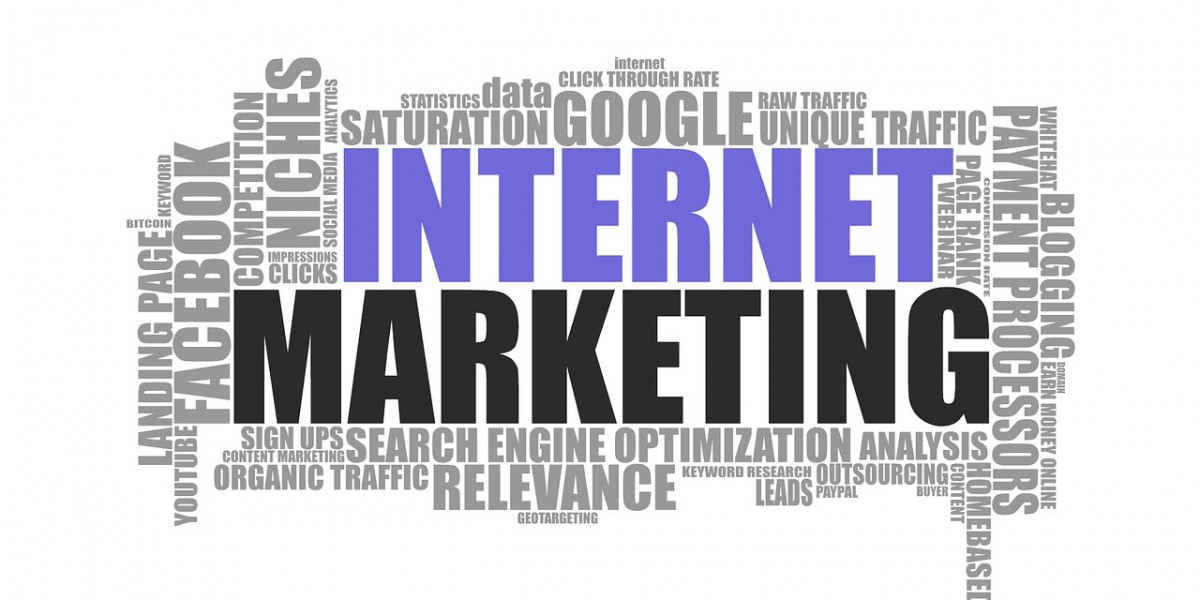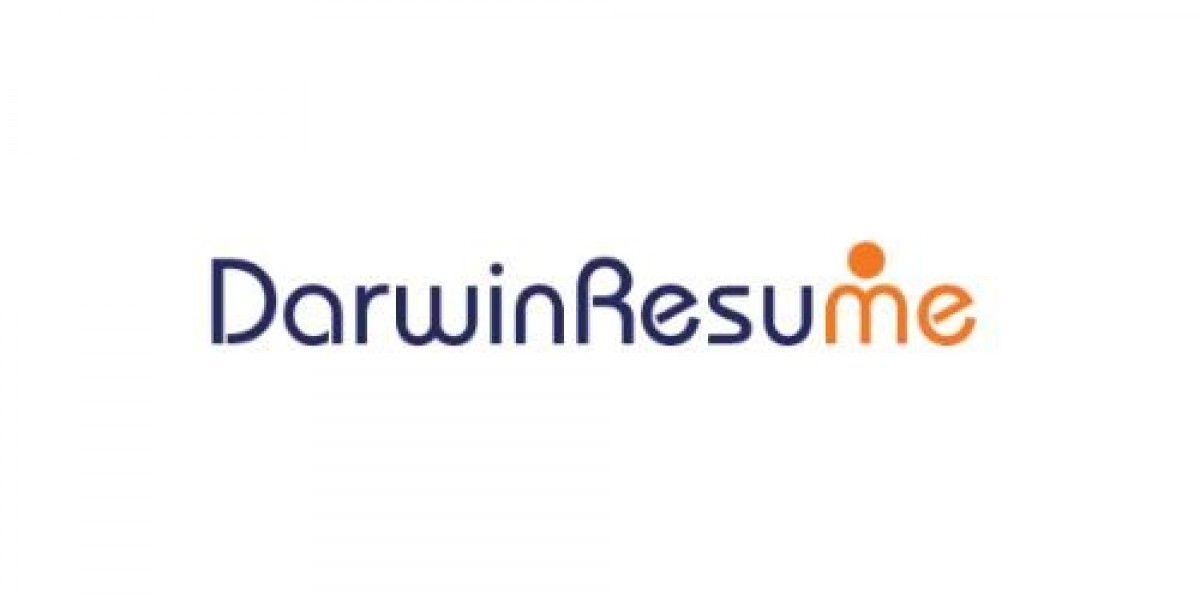How to Write Buyer Intent Content
Understanding buyer intent and its influence on your content creation can be the distinguishing factor between highly effective content that converts and lacklustre content that misses the mark. To optimize your marketing efforts and sales processes, you need to craft buyer intent content. This guide will walk you through the process, explaining what buyer intent content is and how you can write it to enhance your business's performance.
Understanding Buyer Intent
Buyer intent refers to the potential consumers' readiness or willingness to make a purchase. It's about understanding where your customers are in their buyer's journey and providing them with the right content to push them further down the funnel. Therefore, creating buyer intent content involves crafting material that targets potential customers at various stages of the purchasing process and encourages conversions.
Types of Buyer Intent Keywords
Buyer Intent Keywords are an essential aspect of creating buyer intent content. They're search terms that users type into search engines when they're ready to make a purchase. These keywords can indicate different stages of the buyer journey. They can be classified into three broad categories:
- Informational: These keywords are designed to answer questions and provide more information about your company or product.
- Navigational: Users use these keywords when they're trying to find a particular website or product.
- Transactional: These are used by online shoppers who are ready to convert or make a purchase.
How to Write Buyer Intent Content
With the basic concepts out of the way, let's dive into how you can write effective buyer intent content:
Know Your Audience
Before you can start crafting convincing content, you must understand who your audience is and what they want. You can develop this comprehensive understanding through techniques such as market research, customer surveys, and by reviewing your website stats and analytics.
Identify the Right Keywords
As highlighted earlier, buyer intent keywords are a powerful tool for directing traffic to your site and encouraging engagement. To find the best keywords for your content, use SEO tools like Google Trends, SEMrush, or Moz's keyword explorer.
Map Your Content to the Buyer's Journey
Not all content serves the same purpose. It's essential to tailor your content to cater to potential buyers at different stages of their buyer's journey. For instance, blogs and 'How-to' guides can be useful for the awareness stage, product comparisons, and case studies for the consideration stage, and product descriptions and reviews for the decision stage.
Write Quality and Engaging Content
Regardless of your intent, your content must always be well-written, engaging, and valuable to the reader. The better the content, the more likely it is that your visitors will stay on the page and follow the desired course of action. This can be achieved by using clear language, incorporating visuals, and ensuring your facts are accurate and up-to-date. Moreover, your content should be easy-to-read with the use of bullet points, headings, and short paragraphs.
Include Clear Calls-to-Action
A call to action (CTA) is a prompt that tells users what action you want them to take next. Including clear and compelling CTAs at relevant places in your content can greatly increase your chances of guiding your users to conversion.
Conclusion
Writing buyer intent content involves more than just good writing skills; it requires a deep understanding of your audience and their needs at different phases of the buyer's journey. By following these guidelines, you'll be well-equipped to create content that not only grabs your audience's attention, but also nudges them closer to a purchase, improving your conversion rates significantly.


